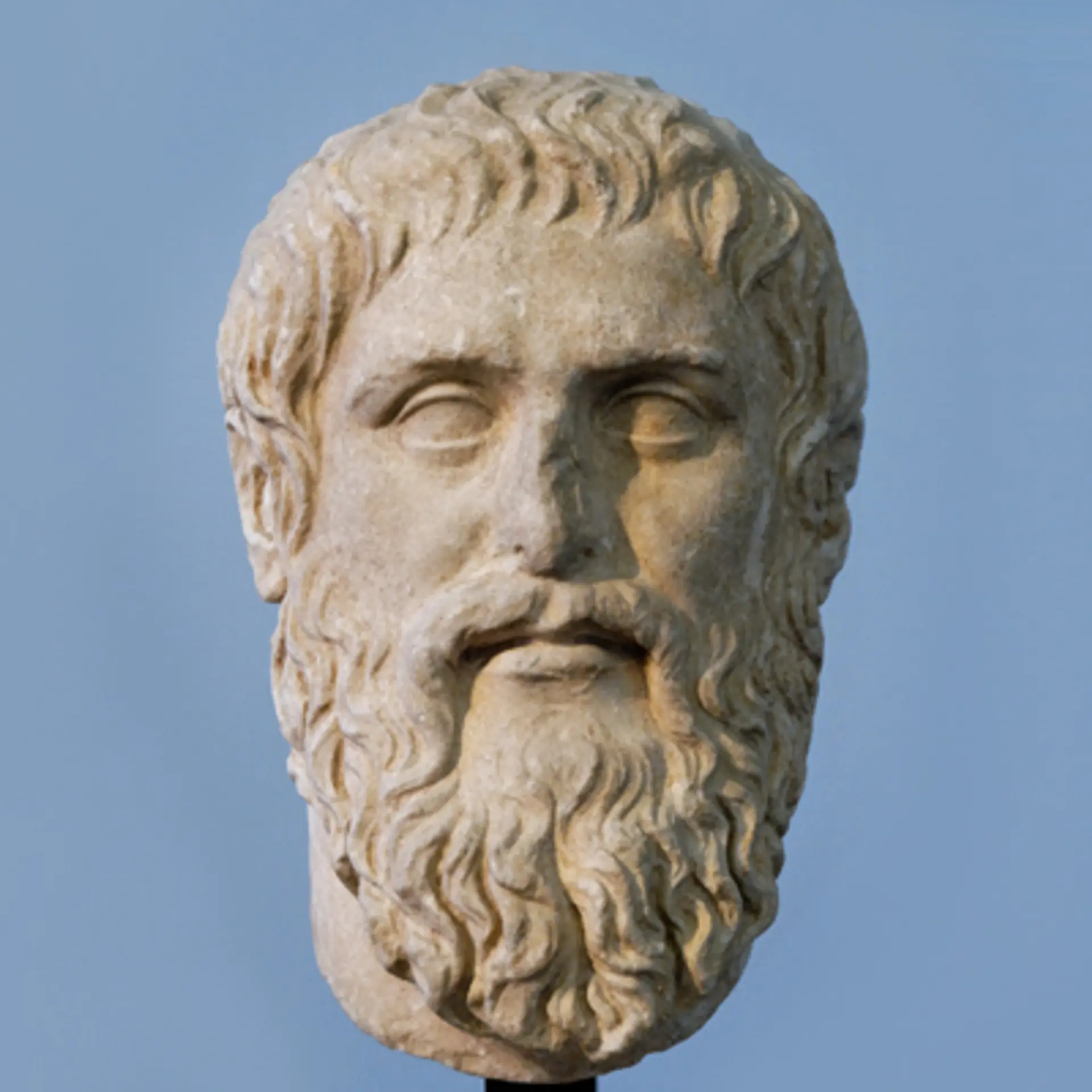Hello Kitty's Journey: From Coin Purse to $89B Empire
Join us as we delve into the world of Hello Kitty, charting her extraordinary rise from a cute cartoon character to the helm of an $89 billion empire. Understand the potent blend of design, strategy, and timing that made this mouthless cat a global sensation.
In the sphere of popular culture, certain figures transcend national boundaries, generations, and platforms, achieving international stardom. One such symbol of adorability, innocence, and global charm is Hello Kitty. This petite, white bobcat from Japan, with a prominent red bow, has climbed the ladder from a basic coin purse motif to a staggering $89 billion empire. So how has Hello Kitty, a character devoid of a mouth, mesmerised the world and established an empire lasting almost five decades?
The company behind Hello Kitty, Sanrio, was established in Japan in the early 1960s by Shintaro Tsuji, who initially sold rubber sandals. The genesis of the Hello Kitty sensation can be traced back to Tsuji's observation that sandals adorned with petite flowers sold more rapidly. This led him to employ cartoonists to create vibrant patterns to diversify his collection, thereby conceiving the idea of merchandise featuring "characters", aimed at capitalising on the Japanese tradition of gift-giving.
In 1974, Sanrio presented a vinyl coin purse embellished with an image of a white cat situated between a milk bottle and a goldfish bowl, crafted by Yuko Shimizu. This marked the debut of the character now universally recognised as Hello Kitty. With British culture being trendy in Japan during the '70s, Sanrio decided to give Hello Kitty a British backstory to distinguish her from other characters. Officially named Kitty White, she was conceived in London to parents George and Mary, has a twin sister named Mimmy, and a boyfriend called Dear Daniel.
Originally, Hello Kitty's design catered to young girls and the prevalent kawaii (cute) culture in Asia. Yet, her straightforward, mouthless design facilitated a wide range of interpretations and emotional connections, assisting in engaging a diverse audience. This feature transformed Hello Kitty into a reflective mirror, embodying whatever emotion the observer was experiencing, thereby extending her appeal.
The popularity of Hello Kitty swiftly proliferated globally, predominantly via word of mouth. By 2016, the worth of licensed product sales was estimated to be $4.4 billion, notwithstanding a minimal marketing budget. Celebrities such as Lady Gaga, Mariah Carey, and Paris Hilton sporting Hello Kitty accessories only amplified the brand's "cool" aura and boosted its global prestige.
As the original Kitty collectors matured, Yuko Yamaguchi, the character's designer since 1980, transitioned the designs from cute to trendy, introducing daring, monochrome styles. This astute adaptability, combined with Sanrio's broadening of licensing agreements, fortified its standing as the world's 12th largest licensor in 2016.
Presently, Hello Kitty is a cultural icon with a staggering array of merchandise, from petite souvenirs to high-end collectables, and even a Hello Kitty wine range. The character's global recognition is so immense that she even boasts her own aeroplane, complete with Kitty-themed tickets, Kitty-clad hostesses, and Kitty-upholstered seats. Sanrio has collaborated with various corporations to craft unique and luxurious Kitty products, such as a platinum Kitty encrusted with Swarovski crystals, costing $167,000.
Despite comprehensive research, the precise details explaining the $89 billion valuation of the Hello Kitty empire remain ambiguous. Nonetheless, it's evident that Hello Kitty's universal charm, adaptability, and consistent branding, along with Sanrio's savvy marketing strategies and product diversification, have spawned a pop culture phenomenon that continues to thrive. A testament to her lasting popularity, Hello Kitty's Kawaii Paradise in Tokyo is amongst the most-visited attractions, competing with Disneyland and Universal Studios.







